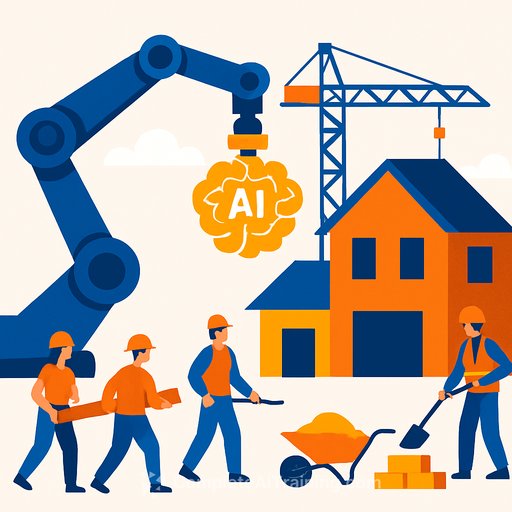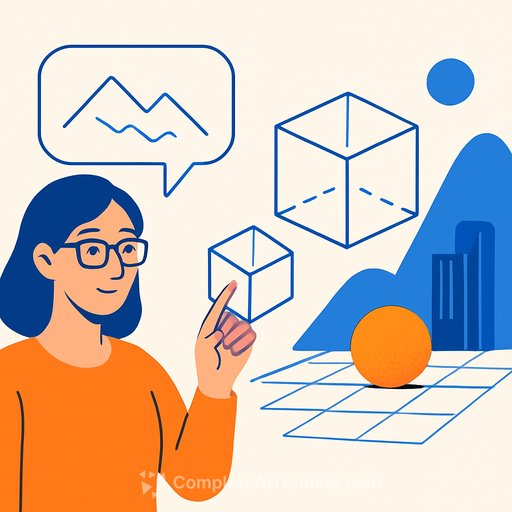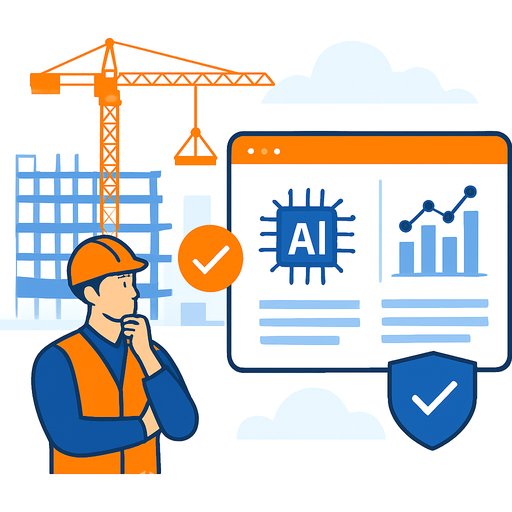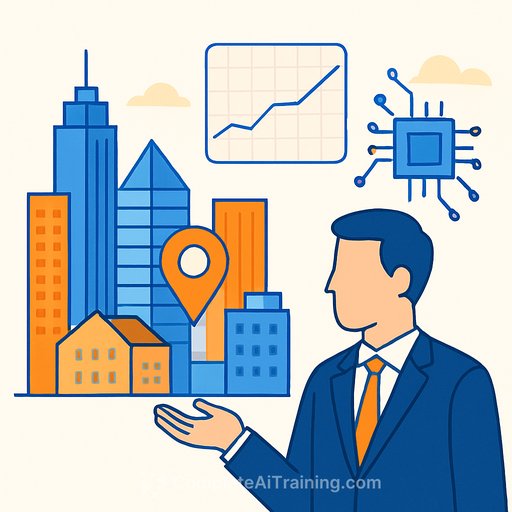Artificial Intelligence Streamlines Homebuilding in Utah
Utah's housing market, following an intense boom from 2020 to 2022, now faces challenges keeping pace with demand due to labor shortages. High housing costs and limited inventory have pushed builders to seek faster, more affordable construction methods.
Advanced technology like artificial intelligence (AI) is beginning to influence how homes are designed and built, although many in the construction industry have yet to fully adopt these tools.
Digital Tools in Action
Claude and Wendy Bethea, empty-nesters building their dream home, use technology to guide their project. Claude, a partner at SoLux Home with a tech background, employs virtual walkthroughs to preview home designs before construction starts. This approach helps identify errors early and streamlines the building process.
At another upscale site near Jordanelle Reservoir, Claude applies the same technology to high-end projects. However, he points out that “95% of builders are not using these technologies,” highlighting an industry-wide hesitation or lack of training.
Challenges in Adoption
Despite AI’s potential to speed up construction and reduce costs, its use is limited by a small trade workforce familiar with these tools. Builders face a dual challenge: integrating new technology while managing a workforce that may not have the necessary skills.
Research and Workforce Shifts
At the University of Utah, Professor Abbas Rashidi studies AI’s role in homebuilding. His research includes 3D-printed homes and optimized manufacturing processes. He notes that AI works best for straightforward tasks rather than overly complex designs.
Rashidi observes a workforce trend where newer generations prefer office-based, computer-driven roles over traditional job site labor. This shift supports increased automation in construction.
“The ideal approach combines hands-on labor with AI,” Rashidi explains, emphasizing a balanced integration rather than a complete replacement.
Efficiency Gains and Cost Savings
AI company Twixify reports that artificial intelligence can cut build times by up to 30% from concept to completion. This acceleration comes alongside fewer errors and reduced material waste, which translates to cost savings.
Claude Bethea agrees, noting AI’s potential to make skilled trades more efficient and affordable. Faster project timelines and lower trade costs could ease some of Utah’s housing supply pressures.
Future Directions
The Utah Homebuilders’ Association is exploring AI applications to simplify permitting and regulatory processes by fostering collaboration between builders and local governments. AI is already being utilized to generate home designs that comply with building codes, which could speed up approvals.
Both industry professionals and researchers see significant opportunities for AI to enhance homebuilding efficiency and affordability in Utah and beyond.
For construction professionals interested in learning more about AI applications, exploring specialized courses can provide practical skills to integrate these technologies effectively. Resources such as Complete AI Training’s construction-related courses can be a useful starting point.
Your membership also unlocks:






